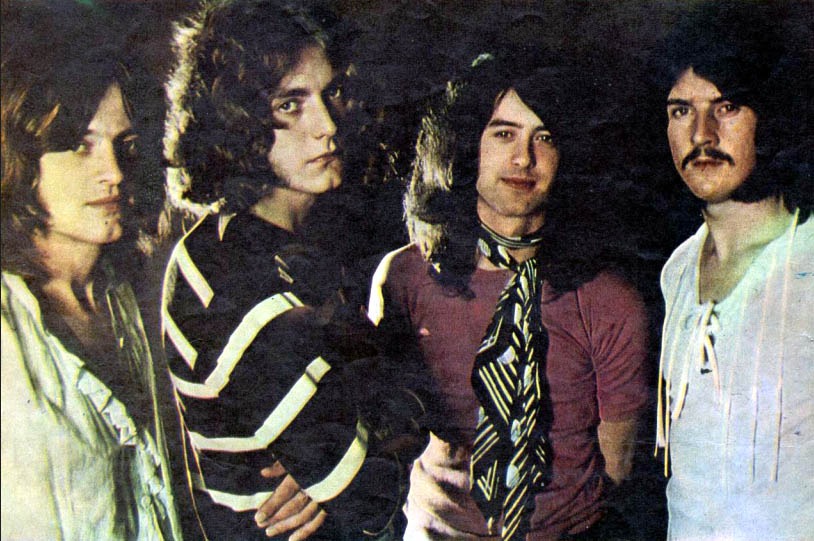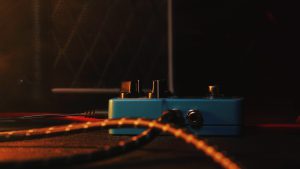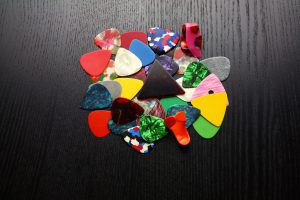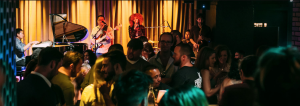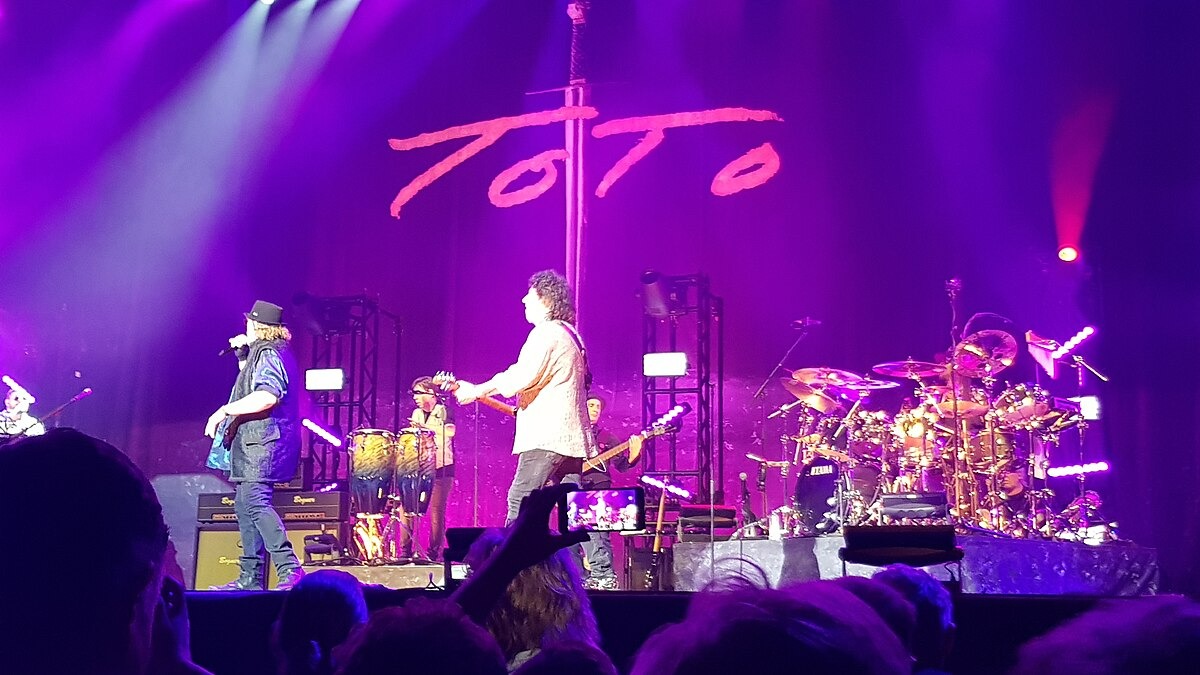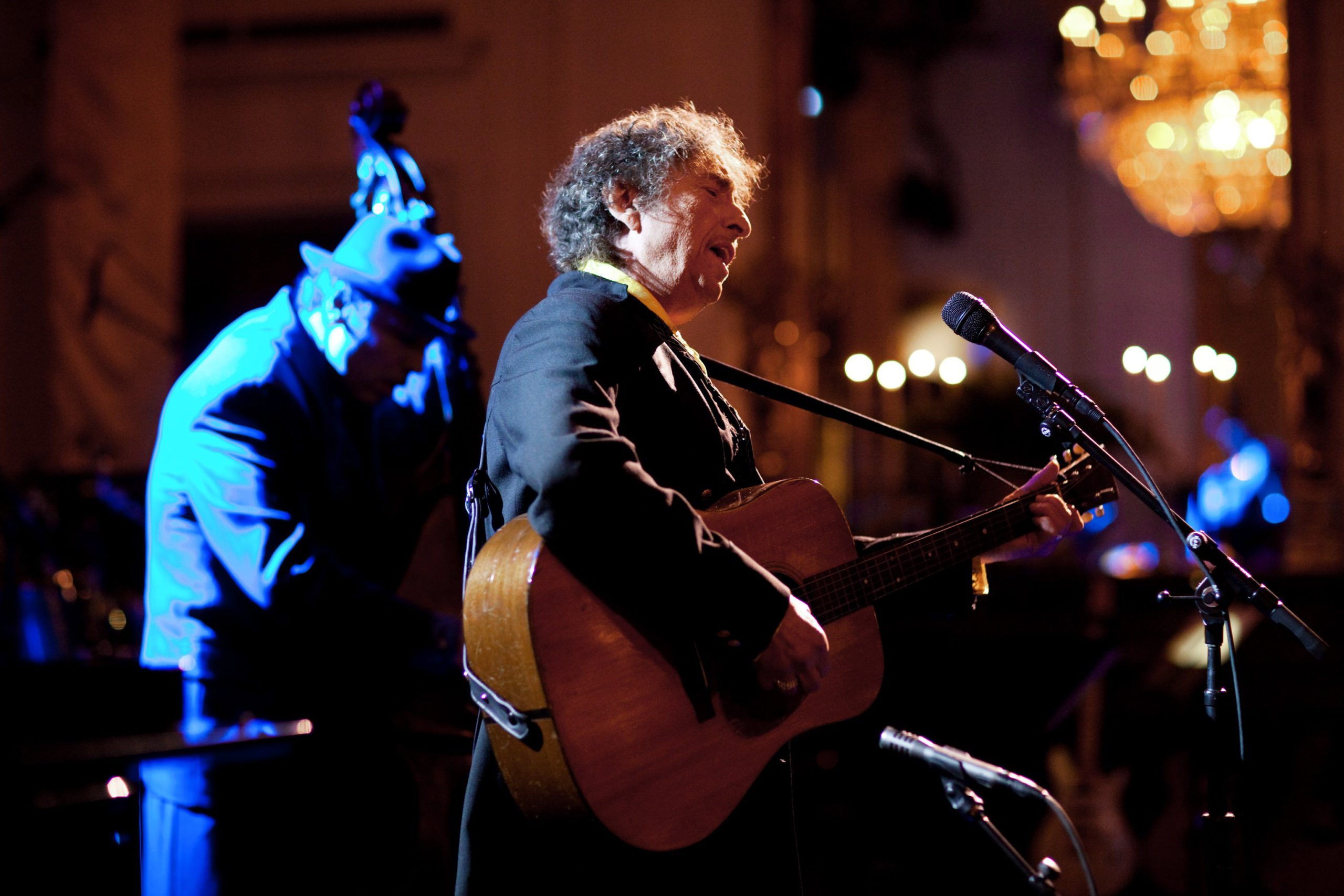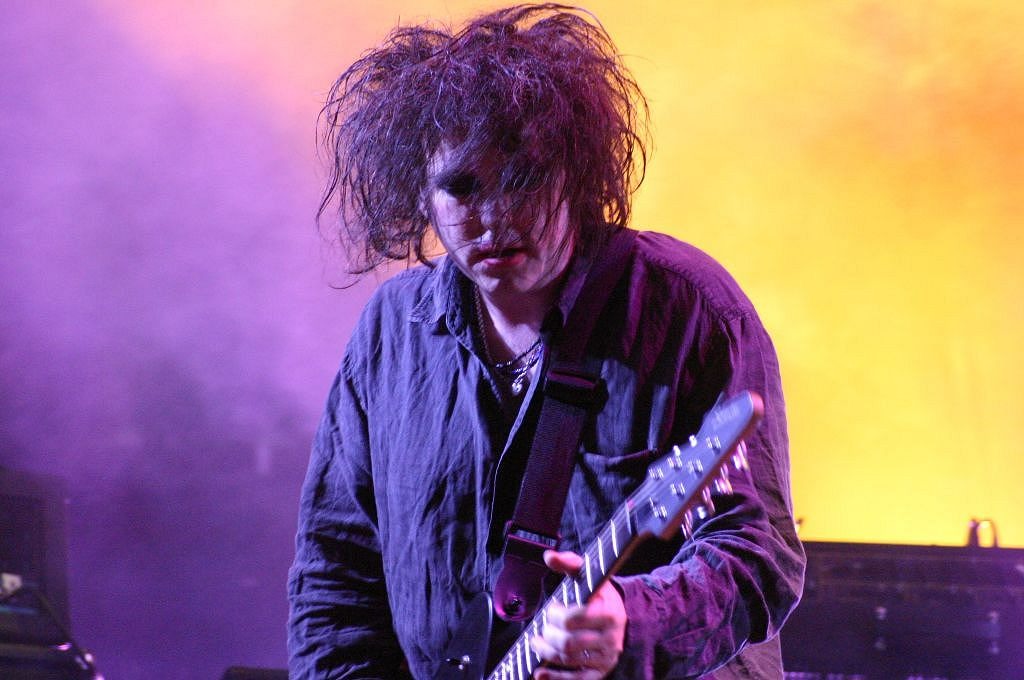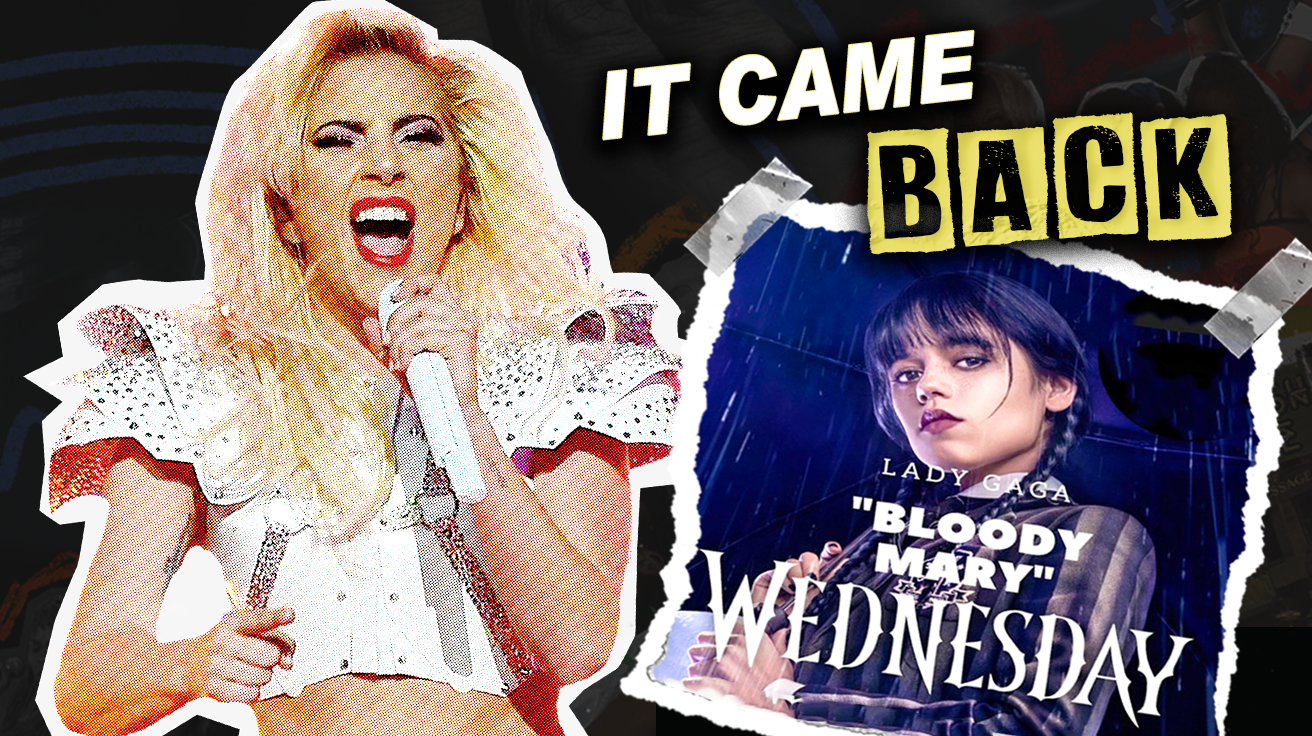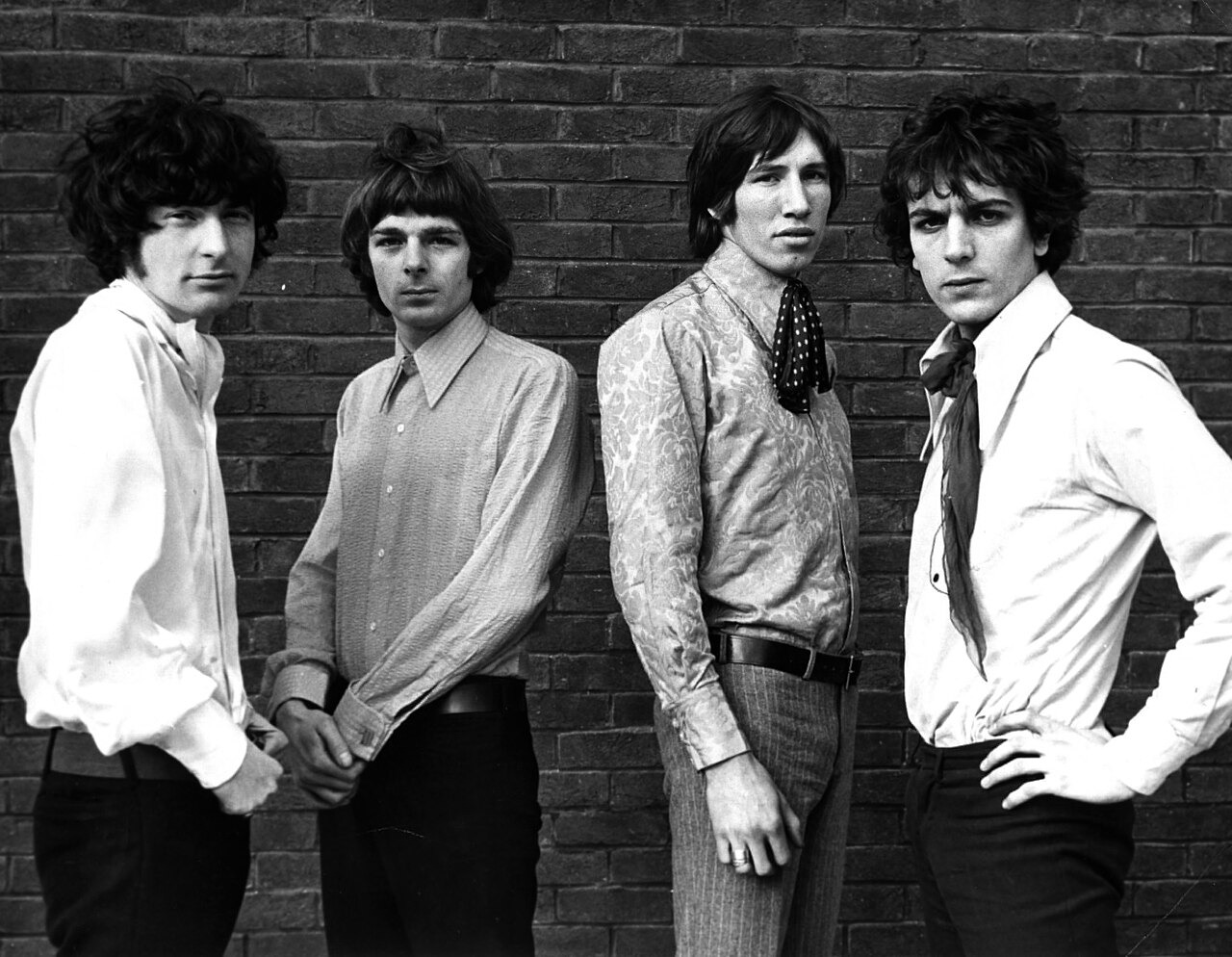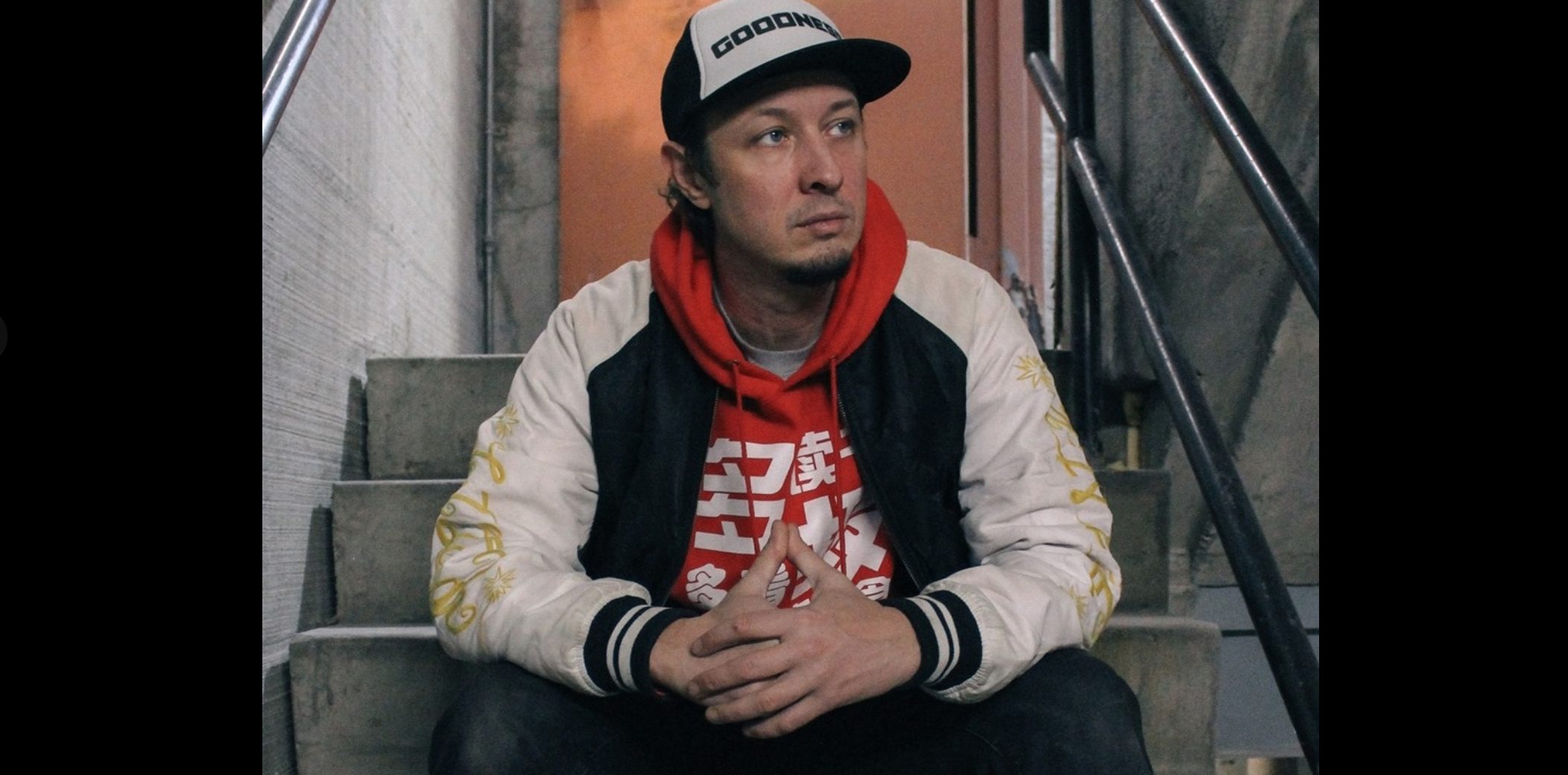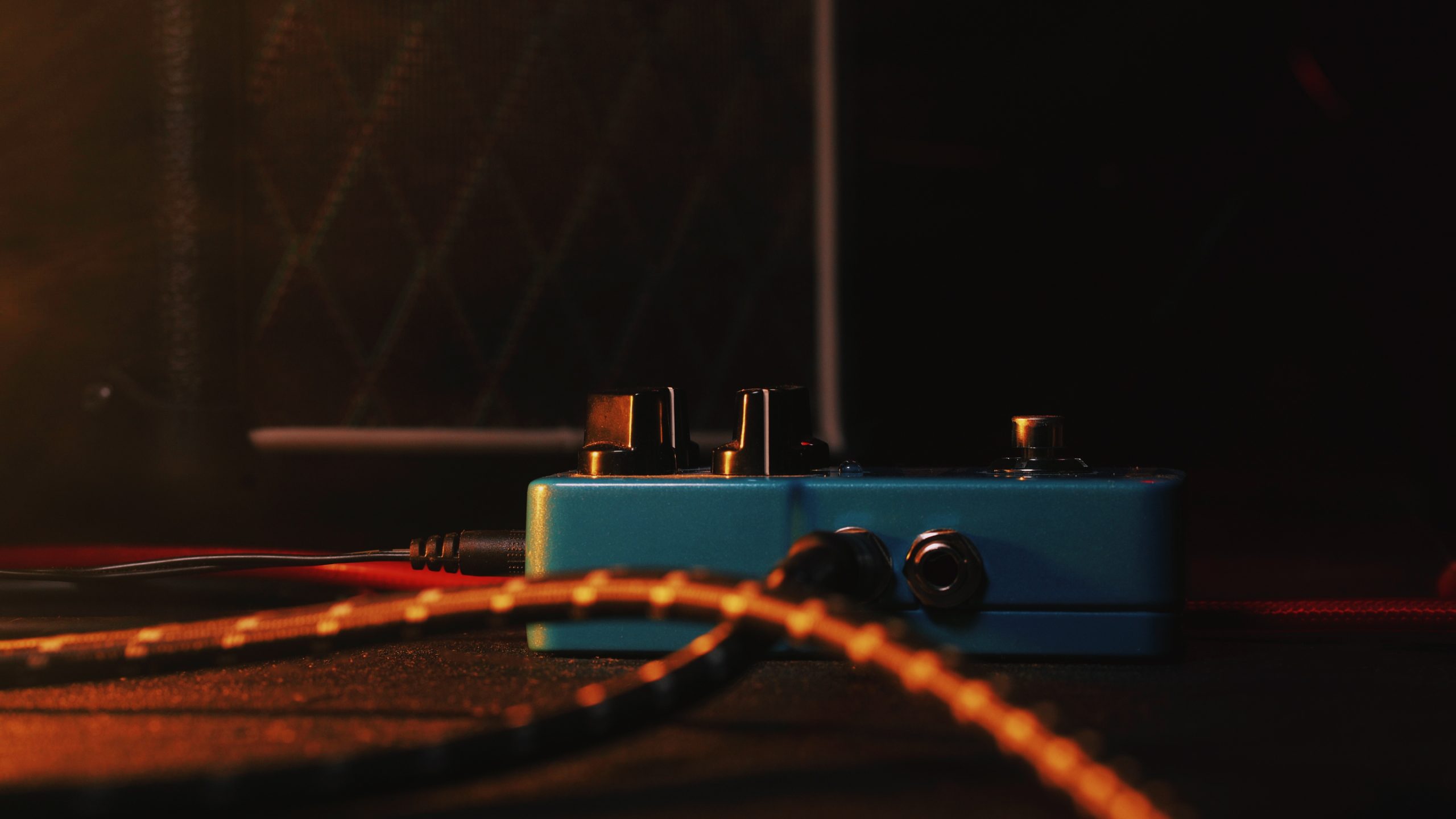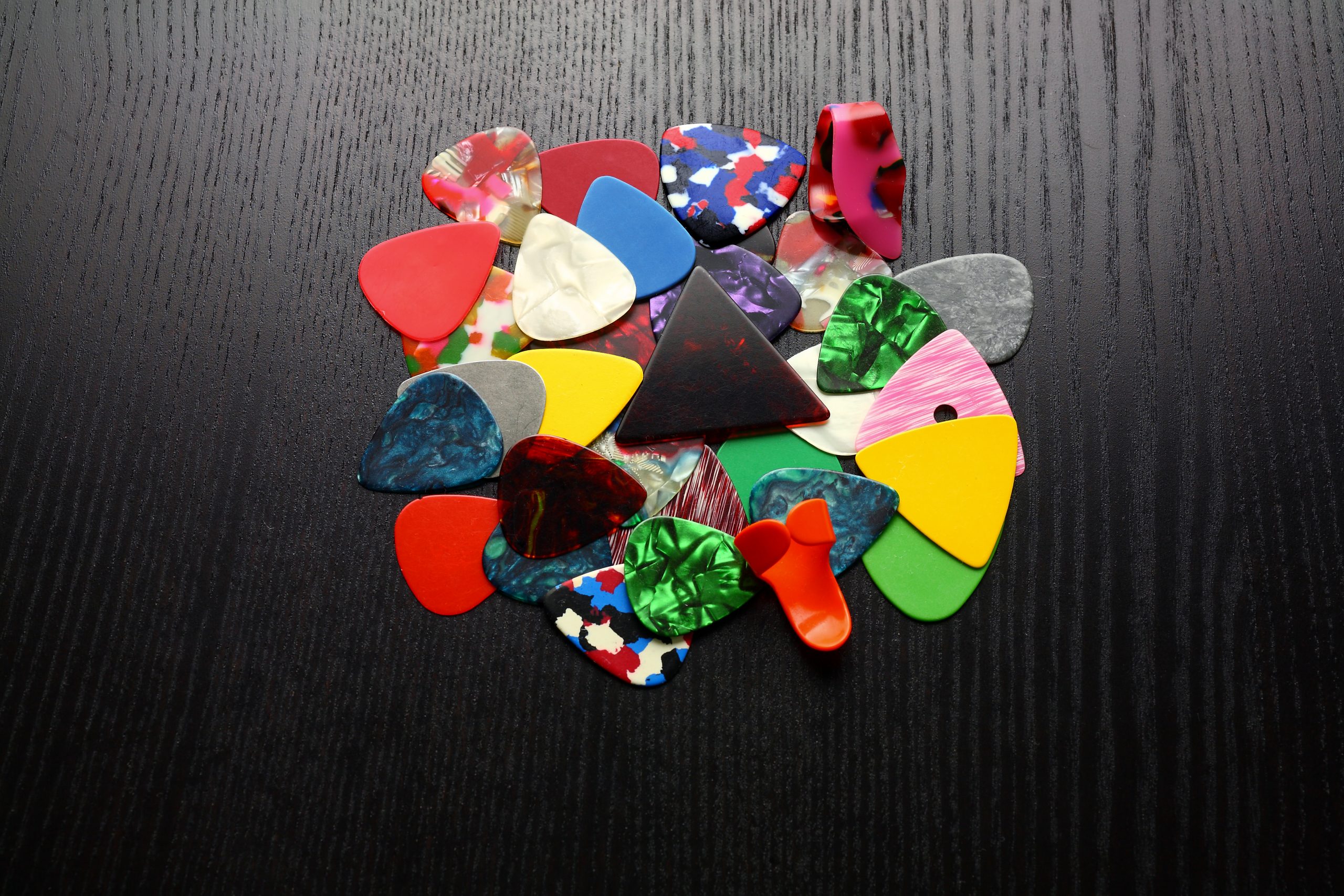Rock mythology in the 1970s wasn’t just about guitar solos and groupies—it required genuine mystery. Led Zeppelin understood this better than anyone, crafting an aura so thick with supernatural intrigue that fans still debate whether their tour bus was actually haunted. Jimmy Page’s well-documented fascination with the occult provided the perfect foundation for stories that transformed ordinary road trips into legendary encounters with the unknown.
Page’s Supernatural Obsession
The guitarist’s occult interests created a framework for decades of supernatural folklore.
Page wasn’t dabbling in mysticism for shock value—he was genuinely committed. His 1970 purchase of Boleskine House, Aleister Crowley’s former Scottish manor, demonstrated serious investment in the occult. The property’s reputation for supernatural activity, including tragic fires and alleged ritual sites, fed directly into Zeppelin’s emerging mystique.
This wasn’t a marketing strategy; it was an artistic philosophy that influenced albums like Led Zeppelin IV and Physical Graffiti. Mythic themes and supernatural subject matter became central to their sound, weaving Page’s esoteric interests directly into tracks like “Stairway to Heaven” and “No Quarter.”
Rock Folklore vs. Rock Facts
The haunted tour bus exists more in fan legend than verified history, but its power persists.
While Page’s Boleskine House obsession is a documented fact, accounts of a “haunted tour bus” fall squarely into rock folklore territory. Fan communities and music blogs have preserved stories of unexplained phenomena during European tours:
- Strange knocks allegedly echoed through empty vehicles
- Disembodied whispers were reportedly heard by crew members
- Eerie sensations supposedly left band members unsettled
These tales, passed down like digital campfire stories, lack official confirmation from Zeppelin members themselves. Yet they persist because they feel true to the band’s established mystique. Page has acknowledged supernatural energies influencing the band’s creative process in various interviews, but specific bus incidents remain oral tradition rather than verified events.
Mystery as Creative Companion
Supernatural narratives became integral to Zeppelin’s artistic identity and enduring appeal.
Whether you believe in haunted buses or not misses the point entirely. These stories work because they reflect something authentic about Led Zeppelin’s relationship with mystery and the unknown. Like modern influencers curating Instagram aesthetics, Page cultivated an occult persona that enhanced every aspect of Zeppelin’s output.
The supernatural folklore—from Boleskine House’s documented history to whispered tour bus encounters—created a feedback loop where mystery influenced art, which generated more mystery. This alchemy transformed Led Zeppelin from merely great musicians into cultural mythology that outlasted their actual career.
The supernatural stories surrounding Led Zeppelin reveal rock’s unique ability to transform folklore into artistic fuel. Whether those tour bus encounters happened exactly as fans describe matters less than their cultural function: keeping the mystery alive long after the final encore.


